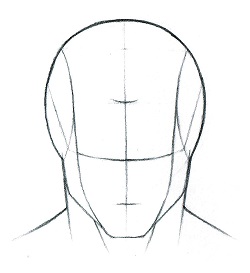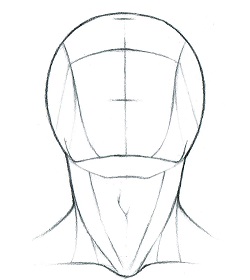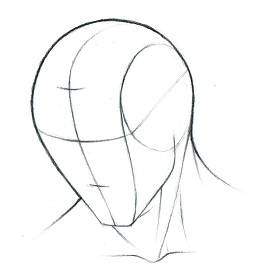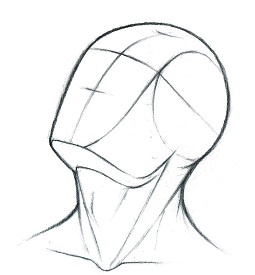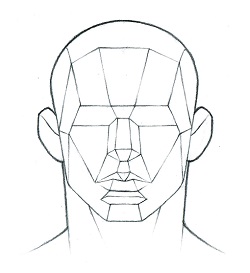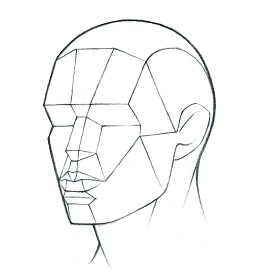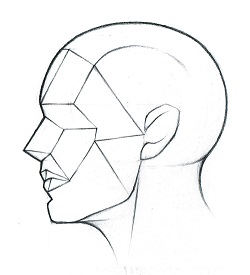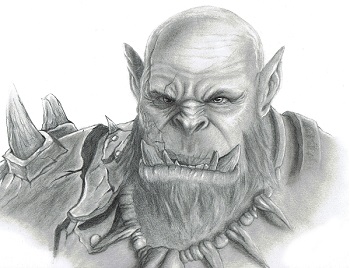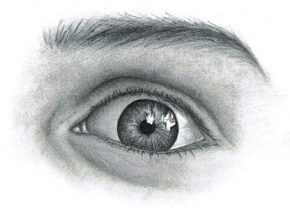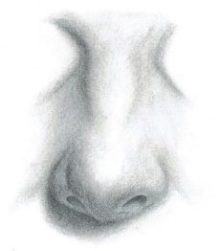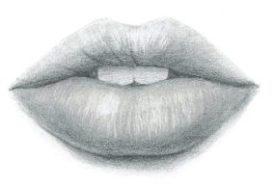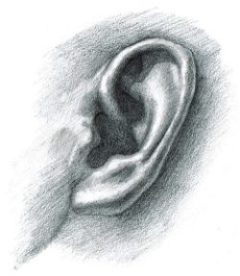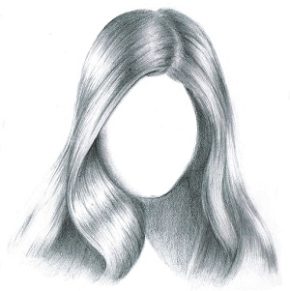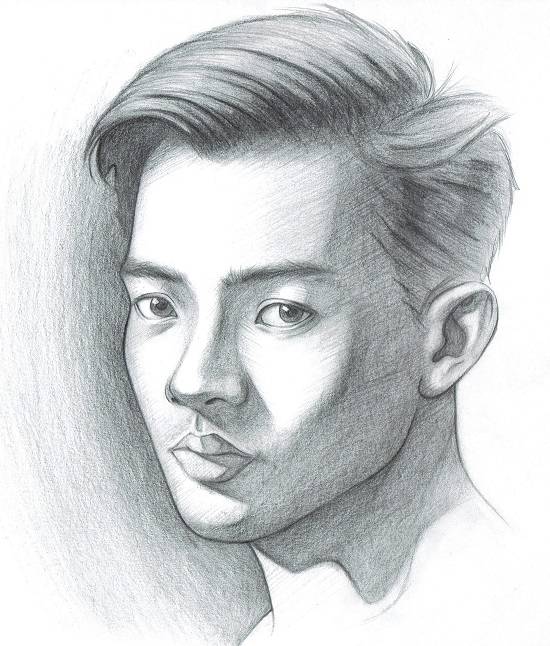Dear Artist,
Portrait drawing can be an extremely fun and rewarding endeavor. But if you’re a beginning artist, it can also be extremely difficult and overwhelming!
We all know too well how it feels to struggle with a portrait drawing that just won’t look right; the proportions are way off, the expression is stiff and lifeless, and the shading is flat and unrealistic.
And the more you erase and re-draw, the worse the portrait seems to look!
Most artist will struggle for a while and then give in in frustration, thinking to themselves, “I have no talent.”
But It Doesn’t Have to be This Way!
When you know how to approach portrait drawing the right way, it’s not only fun and rewarding, but you’ll be able to create consistently beautiful and compelling portraits.
That’s why I’m really excited to introduce to you my new….
“Portrait Fundamentals Made Simple” Course

This course has been almost 2 years in the making and I’ve really tried to incorporate all the student feedback I’ve gotten from my last drawing course to make this one as awesome as possible.
This portrait drawing course will teach you how to draw beautiful, realistic portraits that captures the subject's likeness.
What makes this course unique from all the others out there, is how it breaks down the complex topic of portrait drawing into manageable concepts and step-by-step exercises.
You'll begin by learning simple concepts and practicing basic drawing exercises. As you're hand dexterity and understanding improve, the lessons will gradually increase in difficulty until, by the end of the course, you will have drawn your every one realistic portrait. Even if you are a beginner with no drawing experience, you'll find the lessons and exercises easy to understand and enjoyable, while still learning critical drawing skills.
What’s in This Course?
This course is divided into 5 sections.
Section 1
The 1st section will focus on drawing the head freehand. You’ll learn about the very powerful Loomis Method and how to use it to draw a simplified head in the front, 3/4, and side view.
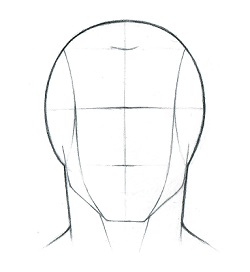
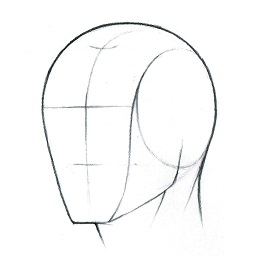
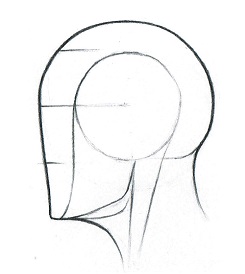
Then we’ll learn how to draw this same head and neck in more dynamic angles like the front view tilted down and up and 3/4 view tilted down and up. This will help you understand how the head is affected by perspective and allow you to tackle many different portrait positions.
Section 2
Next, we’ll build upon the Loomis Method to construct a three-dimensional head. You’ll learn about the proportions of the head and how all the features relate to each other. Again, we’ll cover all the different angles like front, 3/4, and side view.
As well as the more dynamic positions.
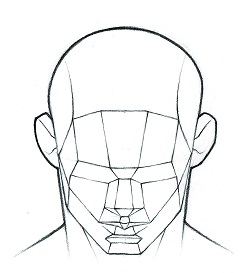
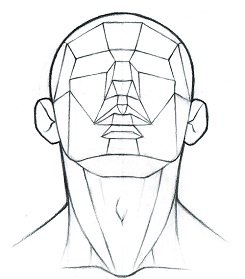
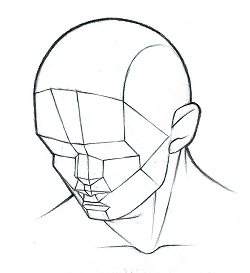
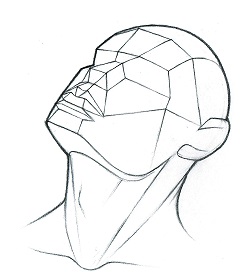
Section 3
In the 3rd section, we’ll cover the fundamentals of realistic shading. You’ll learn concepts like the 5 Elements of Shading, the 4 Different Types of Edges, and the Rules of Realism and how to use them to make your drawing look more realistic!
Then we’ll combine all these concepts and techniques in a drawing exercise.
Section 4
In the 4th section, you’ll learn to draw each of the facial features. First, you’re going to learn about the anatomy of the features and little tips and details that you need to pay attention to. Then we’ll apply everything we’ve just learned in a step-by-step drawing exercises. You’ll see how to take the drawing from a basic lay-in all the way to a complete realistic finish. And we’re going to do this for all the features: eye, nose, lips, ear, and hair.
Section 5
Finally, in the 5th section, we’ll combine everything together and draw a complete portrait from start to finish.
Even at this stage, you’ll be learning some new techniques like how to use Trianglulation to keep your lay-in accurate, how to accentuate the shadows to make the portrait more dramatic, how to stylize your drawing to add more interest, and so on.
Key Things You’ll Learn in This Course
- How to simplified the head into basic shapes so you can drawing it more easily
- How to draw the head from different angles to create more dynamic portraits
- How to draw the planes of the head in order to create a three-dimensional effect
- Understanding the rules of lighting in order to make your drawing look realistic
- Understanding the basic anatomy of each of the facial features so you can draw them better
- A simple step-by-step process for drawing a realistic portrait from start to finish
- And a whole lot more!
COURSE BONUSES:
- Reference photos and hi-resolution scans of all finished drawings
- Lesson transcripts for quick and easy reference
Who Is This Course For?
As the name suggests, this course is very beginner-friendly. I designed it to help beginning artists learn portrait drawing as quickly and effectively as possible.
We start out by developing the simplest skills first and then gradually add on to it, so that you don’t feel overwhelmed.
All the concepts and techniques are thoroughly explained and I never just assume any knowledge on the part of the student.
Also, I know that draw free-hand can be a bit challenging for some beginners so in some of the drawing exercises, I offer additional approaches that you can use as a guide.
So, yeah, if you’re a beginning artist who wants to learn portraiture, then this course is definitely for you. On the other hand, if you’re an intermediate to advanced portrait drawing artist, then this course is probably not for you.
Sample Lessons
Here are some sample lessons to give you a better idea of what the course is like.
Lesson 1 – Introduction & Materials (Sample)
Lesson 3 - Loomis Method Front View (Sample)
Lesson 11 - Head Planes Front View (Sample)










